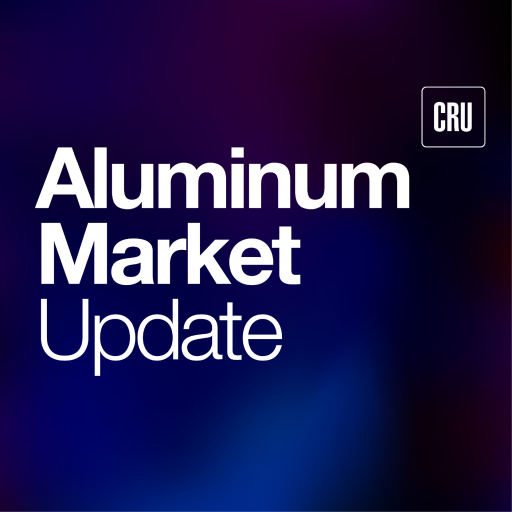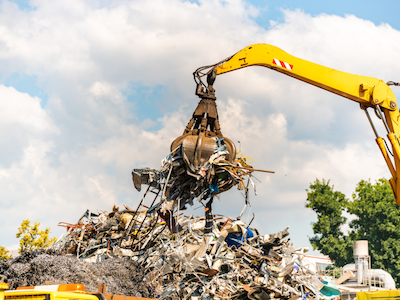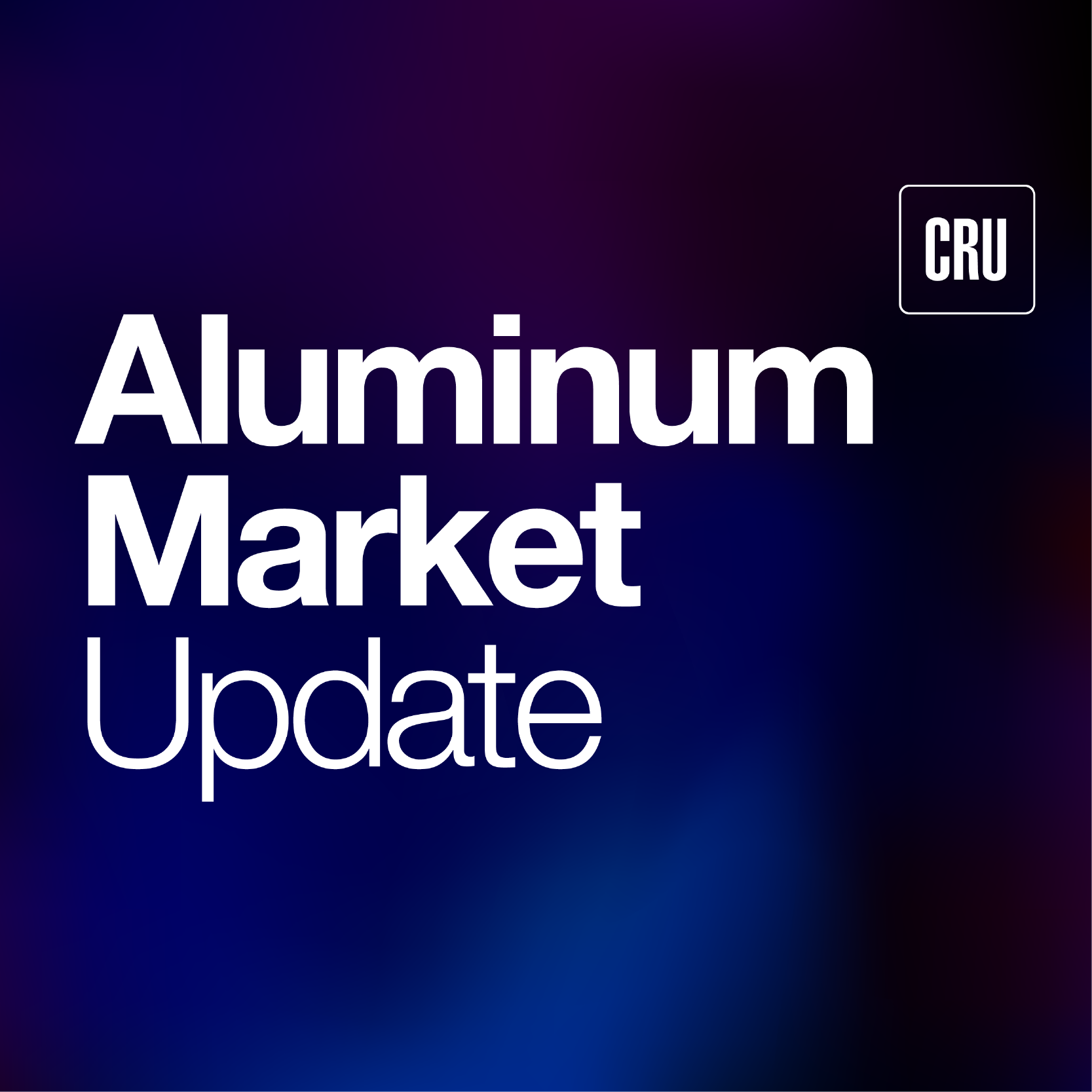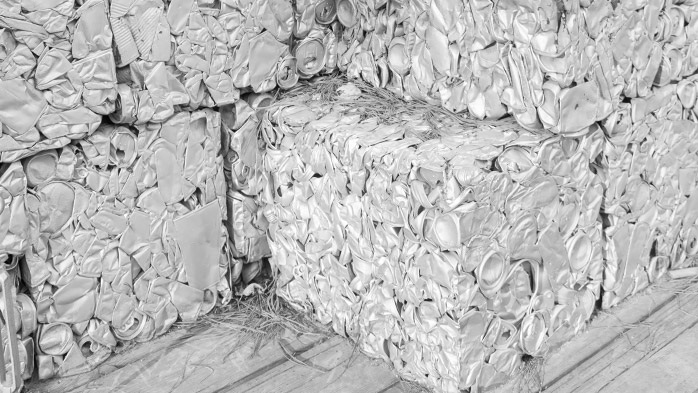Aluminum Scrap Markets
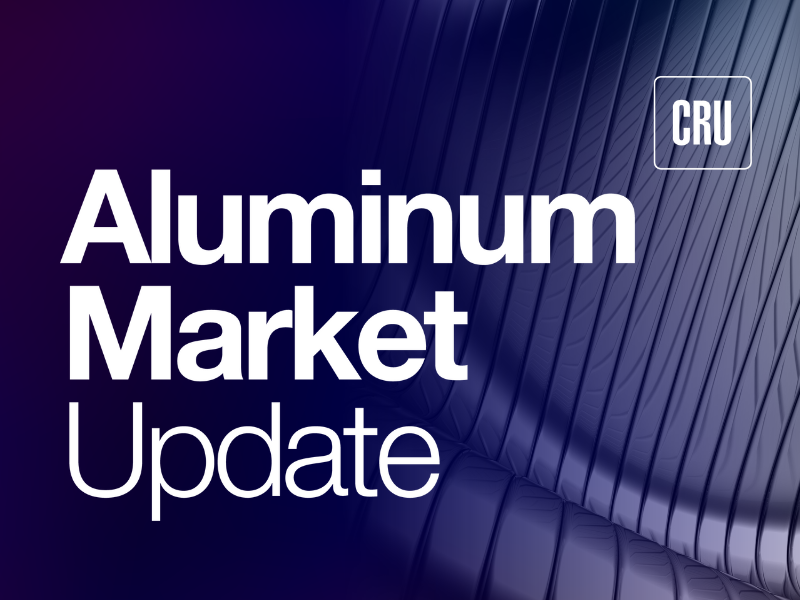
August 25, 2025
AMU webinar: Recycling rates, scrap exports and price spreads
Written by Stephanie Ritenbaugh
The United States has a lot of metal that’s not being fully used. Just think of all the used beverage cans (UBCs) that end up in landfills rather than scrap yards.
And it’s one of the many factors that comes into play when debating the pros and cons of a ban on recycled metal exports, according to Greg Wittbecker, senior advisor for Aluminum Market Update.
In a webinar on Thursday, Aug. 21, AMU Senior Editor Nicholas Bell hosted a discussion with Wittbecker on the impact of looming scrap export restrictions, why recycling rates in the U.S. are so dismal, and scrap spreads.
‘A pretty pathetic job’
While a portion of domestic aluminum scrap is shipped overseas, a staggering amount ends up in the garbage. That puts even more pressure on primary aluminum to fill demand.
“There’s no question there’s a lot of UBC out there,” Wittbecker said. “There’s also a general recognition that we’re doing a pretty pathetic job of recovering it. In the last couple of years, we’ve been hovering around 45% recovery. We’re literally landfilling well over a million metric tons a year of UBCs.”
But improving that recovery rate up is a challenge that gets into infrastructure, legislation, and even cultural habits.
“The bottom line is, when people say, ‘Well, we got a lot of UBCs, let’s use them to solve the gap in aluminum supply.’ You’ve got to be pragmatic and say lot of things got to go right in order to happen. It’s not going to happen quickly, and it’s not going to solve the gap in our deficit.”
Recovery mechanisms need work
One hurdle is getting the public in the habit of dropping off their used cans – either in their curbside pickup, a community site, or at a scrap facility.
“We’ve got to basically educate people all over again about recycling,” Wittbecker said. “Obviously, younger people are much more switched on to recycling than, say, my generation… They came out of an environment where disposing things was considered OK. We’re trying to undo all that behavior now, and that’s not going to happen anytime soon.”
There’s also the challenge of getting beverage companies on board with deposit legislation to incentivize recycling. States with deposit policies have higher recovery rates.
“Beverage companies have opposed deposit legislation for literally decades,” Wittbecker said. “They still consider it to be a tax on consumption.”
Curbside recycling is working, but at a very slow pace.
“We’re simply not moving the needle,” Wittbecker said. “We would need to spend enormous amounts of money to get the infrastructure to blanket the country in order to say, all right, every community has got curbside recycling. That’s probably both unrealistic from a financial point of view, and also, does it make sense to do curbside recycling in thinly populated regions?”
Another mechanism to increase recovery is called extended producer responsibility (EPR), which exists in seven states. EPR puts the burden on the brand owners to accept responsibility for getting back UBCs, but adoption has been slow.
Wittbecker said another issue is zorba, of which a good share is exported.
“The reason we export it is we don’t have enough demand domestically to take it all at prices that we find acceptable, so the export flow is really the market signaling there’s not enough demand in the United States,” Wittbecker said. “We don’t have the sorting technology today to upgrade zorba into sheet mill spec, into extrusion spec. So, a lot of that zorba really is not a practical option to replace primary metal that may be going into the sheet mills or the extruders.”
A limited ban?
Acknowledging that these are solutions that will take some time to ramp up, Bell was asked if there should there be a limited ban on certain types of scrap.
“I don’t know that it’s a good idea to ban exports as an excuse for poor execution of recycling,” Bell said. “I think it absolutely makes more sense to just focus on getting alignment of the can sheet value chain, boost infrastructure spending, and work on deposits and EPR.”
Meanwhile, the spread between UBCs and the Midwest premium has widened significantly.
Wittbecker noted that outright UBC prices are near around the high-90s, placing them at an implied differential in the low-50% range – near historically low buying spreads.
“It’s hard to rationalize why you need to ban exports when the prices for UBCs are already quite low. It would only make prices lower in the domestic market, which the exporters would hate.”
If scrap is so valuable in concept, why is the price so low? Wittbecker said the devil is in the details.
He noted that when prime prices rise quickly, scrap prices don’t move up as fast, so the differential between the two tends to widen. At first glance, he said, it may appear that scrap demand is bad because the spread is so wide.
“On the contrary, there’s still plenty of demand for scrap,” Wittbecker said. “It’s just that the demand, or the value of primary is shot up so much faster. But to a casual observer, they’re saying, ‘If scrap is so useful, why is it so cheap?'”
Overall, the industry has been increasing its use of scrap over the last 40-50 years, he noted.
“It’s not as if the industry’s been sitting on its hands doing nothing,” he said. “Certain types of product, like common alloy sheet, are made from 100% scrap today. Beverage can body stock is probably 70%-80%.”
“One of the things we may be experiencing right now is that, at least in the short run, we’re facing some operational constraints where people may not have enough scrap processing and remelting capacity, which is why the scrap differentials may be opening up again.”
“It’s kind of like being full at the dinner table. You know, it looks great, but I can’t eat anymore.”




